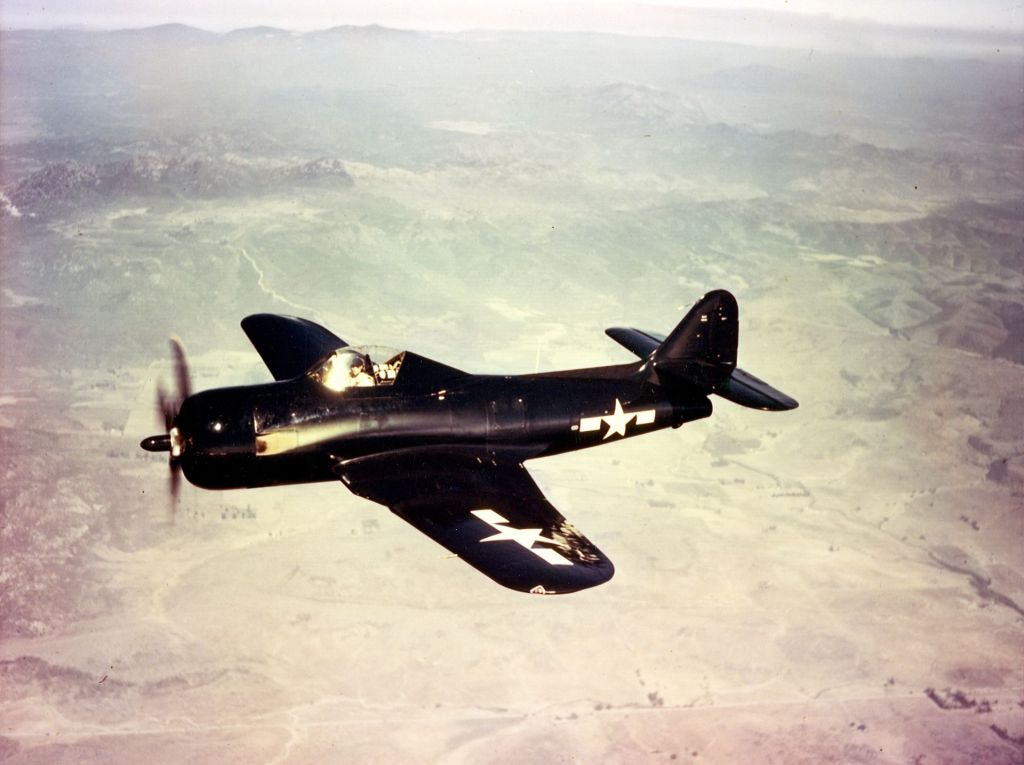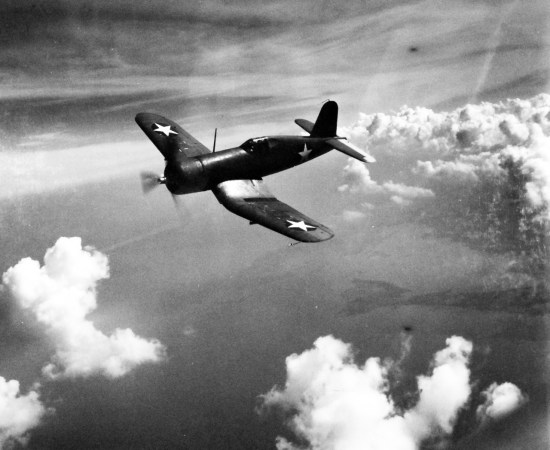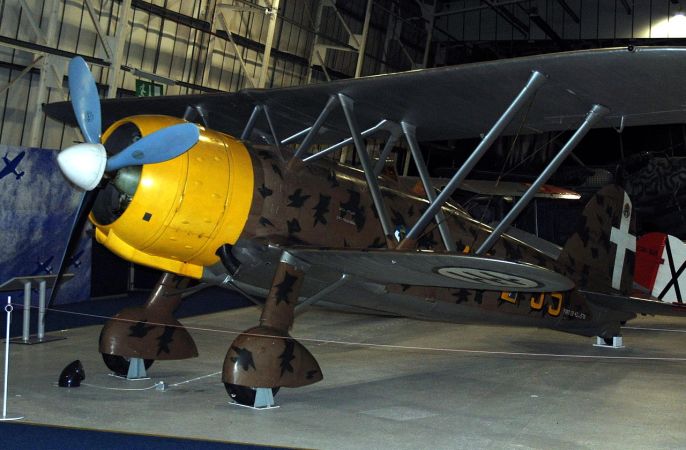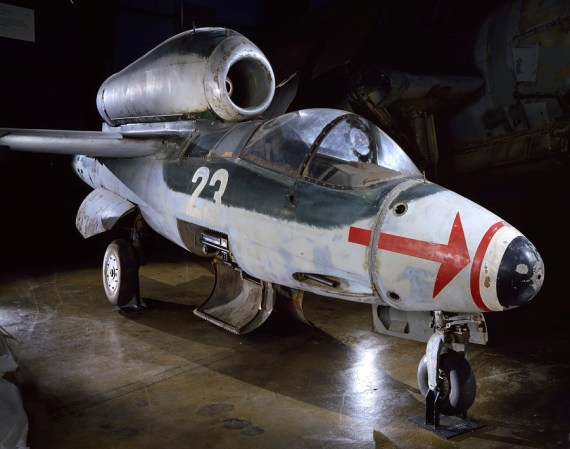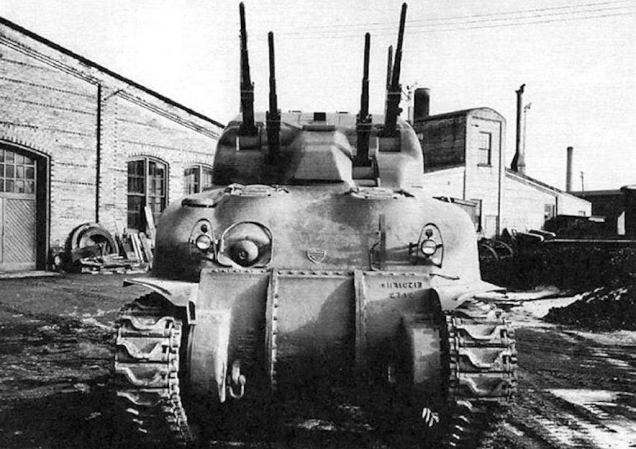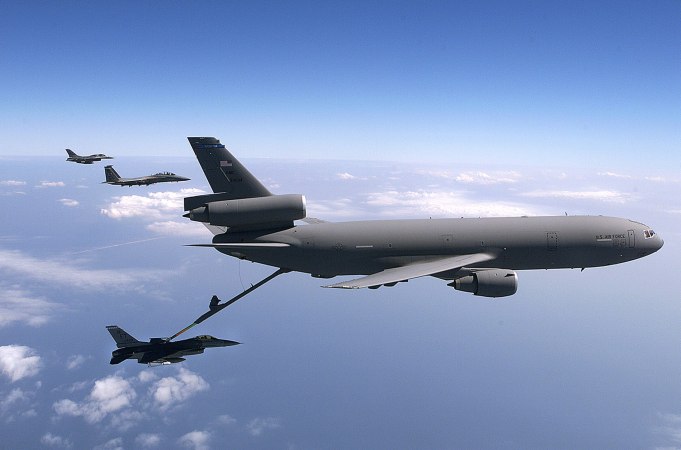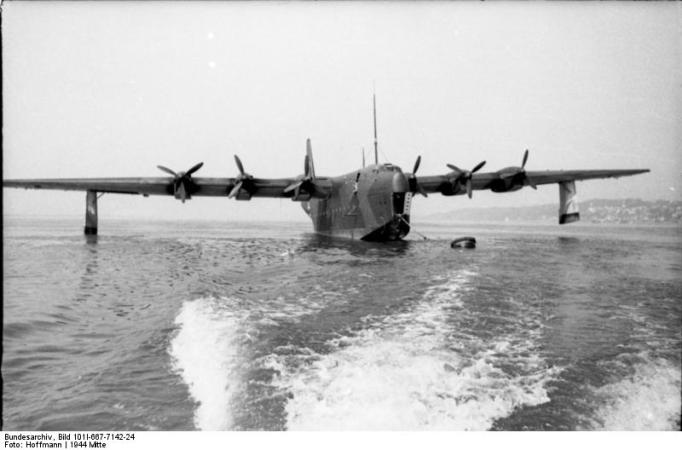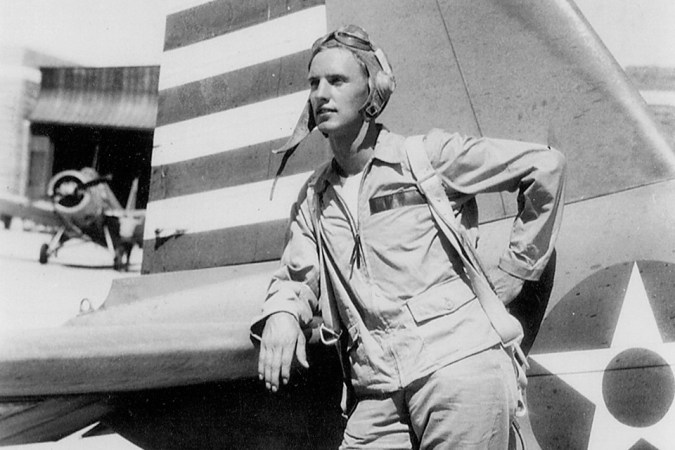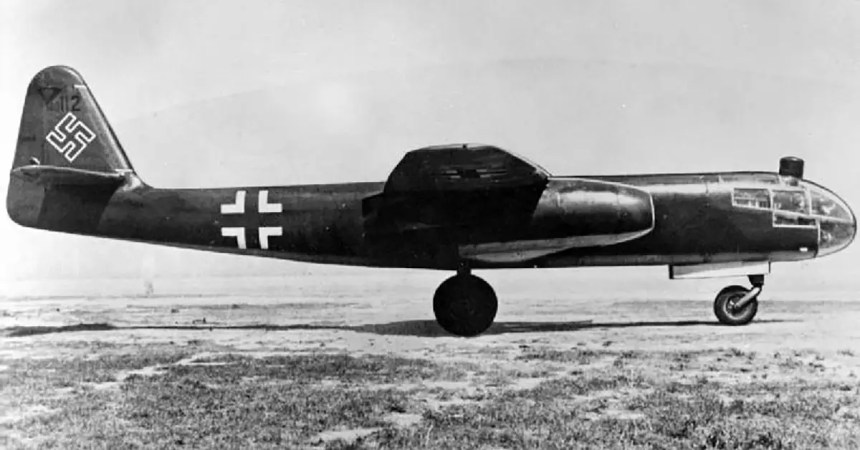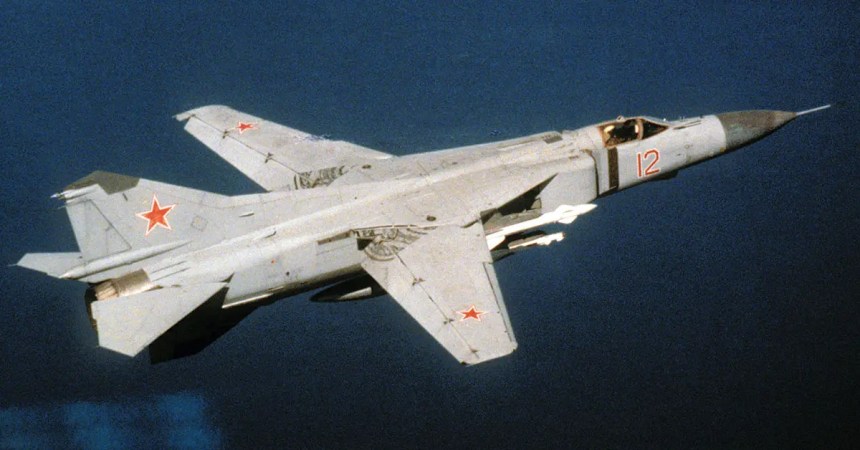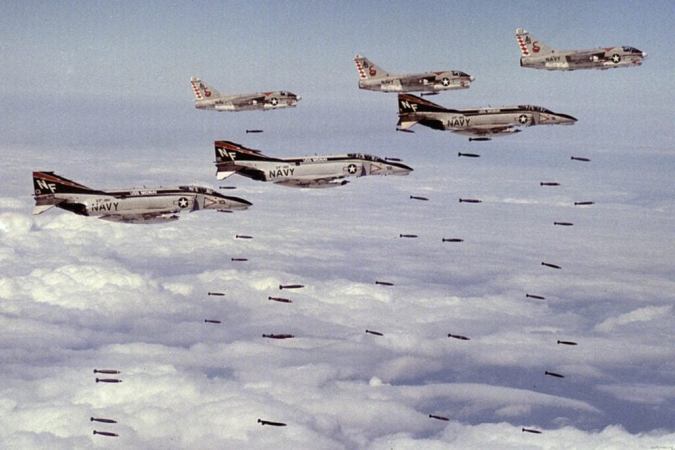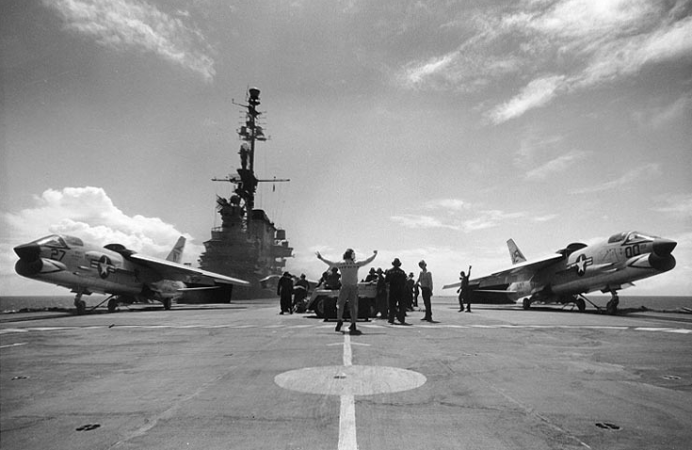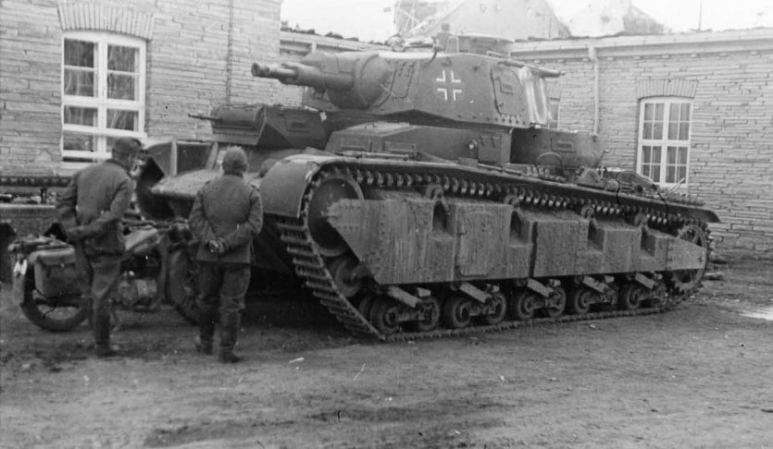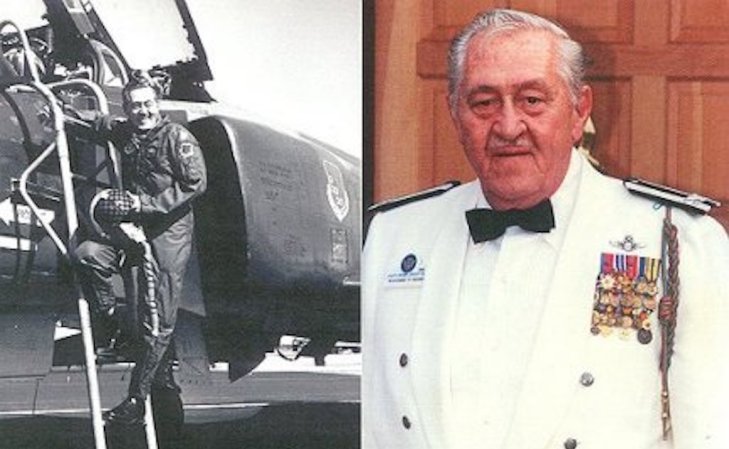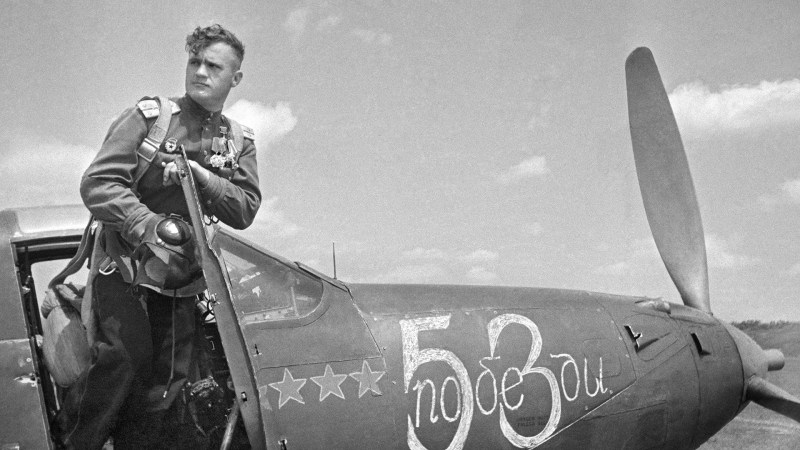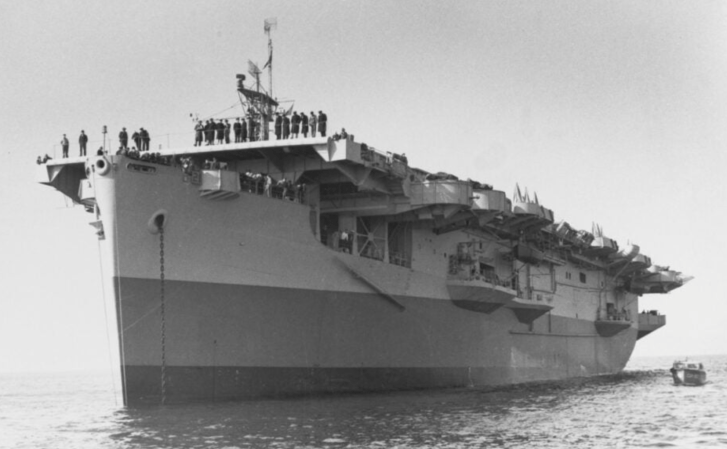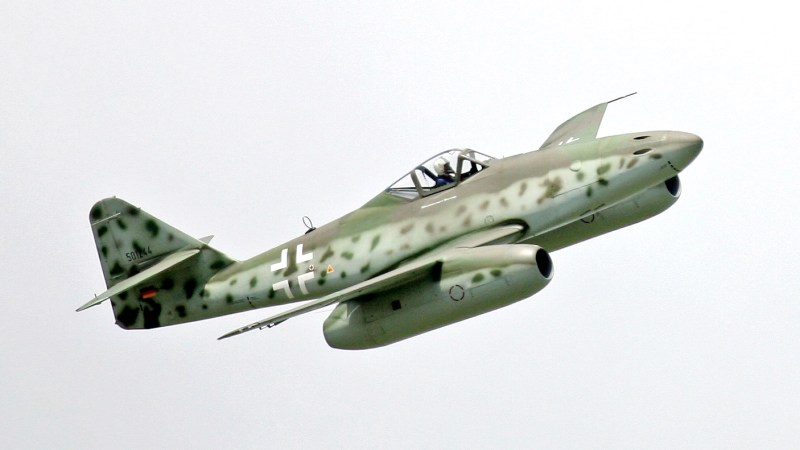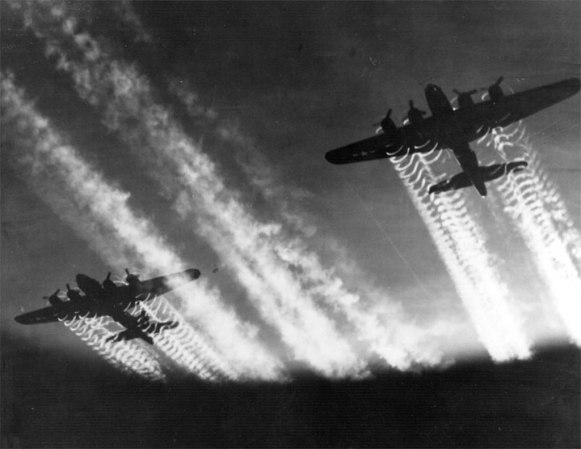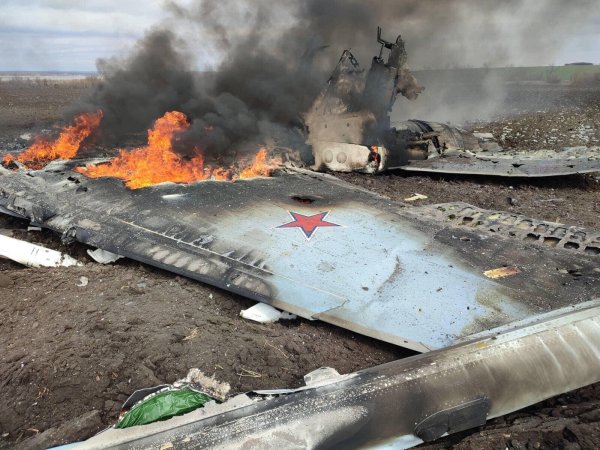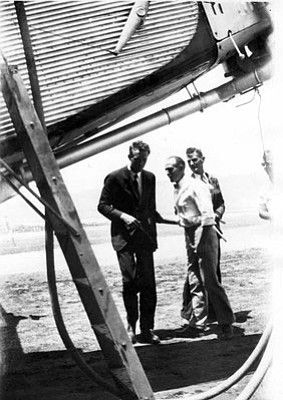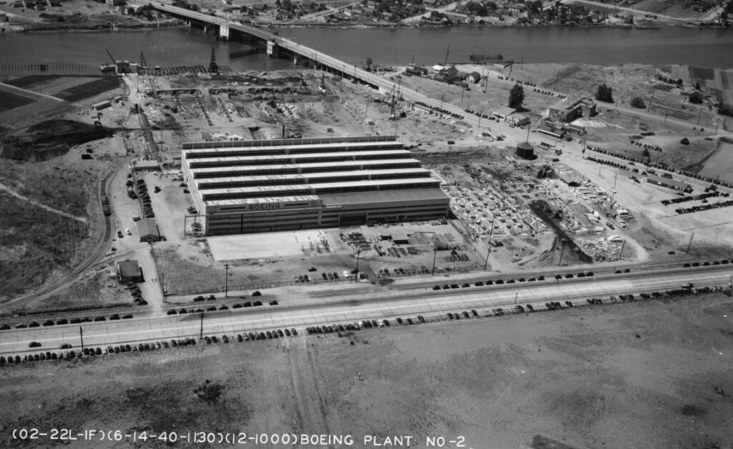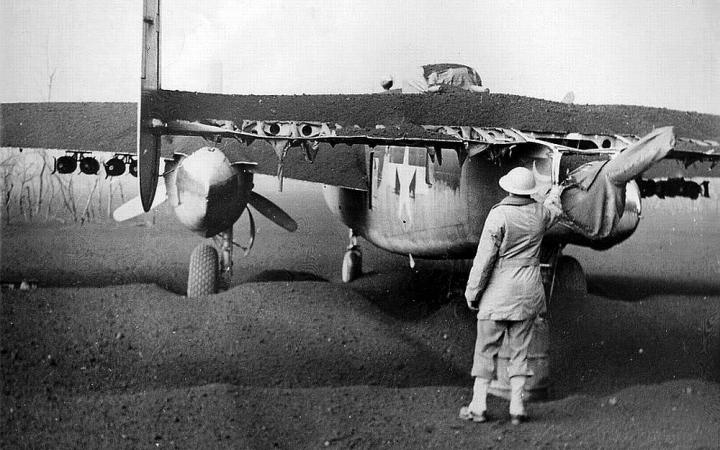In 1943, Admiral John S. McCain Sr. proposed hybrid Navy fighter jets that used both a jet and piston engine. Early jet engines were sluggish and considered unsafe for carrier takeoffs and landings. McCain’s idea called for an aircraft that would use its piston engine for takeoff and landing, but it’s jet engine for the majority of a flight. On February 11, 1943, Ryan Aeronautical was awarded a contract for the first prototypes of the FR-1 Fireball.

The Fireball had a 1,350-horsepower radial engine mounted in the nose and a 1,600 lb turbojet engine mounted in the rear of the fuselage. Ducts in each wing root fed air to the jet engine. Both engines used the same grade of fuel, fed from two self-sealing fuel tanks. The FR-1 was armed with four .50-caliber M2 Browning machine guns with 300 rounds each. It could also carry four 5-inch rockets and a 1,000 lb bomb or 100-gallon drop tank under each wing. The Fireball’s bubble canopy gave the pilot excellent all-around visibility.

Ryan delivered the first XFR-1 prototype in April 1944. On June 25, 1944, the Fireball made its first flight without its jet engine, though it was installed shortly thereafter. Initial test flights revealed instability in the aircraft due to design miscalculations and larger stabilizers were retrofitted onto the prototypes. During carrier testing in January 1945, the Fireball made five catapult takeoffs with its piston engine and three with both engines. No issues were reported.

Fighter Squadron 66 (VF-66), the Firebirds, received the first operational FR-1s in March 1945. The squadron was slated to deploy to the Pacific and three Fireballs were brought aboard USS Ranger (CV-4) to qualify pilots. However, two of the aircraft were damaged during landing. Over the following months, VF-66 was able to qualify its pilots. Ready to sail, the squadron was on pre-embarkation leave when the Japanese surrendered and WWII ended. On October 18, 1945, VF-66 was decommissioned and its pilots and aircraft were reassigned to VF-41.

On November 6, 1945, Ensign J. A. West’s Fireball lost its radial engine on approach to the USS Wake Island (CVE-65). West managed to start the turbojet and barely managed to catch the last wire for a safe landing. This event is claimed to be the first, albeit unintentional, pure jet power landing on an American carrier. However, some critics argue that there is evidence that shows the Fireball may have been helped aboard by some residual power from its piston engine.

During WWII, the Navy ordered 1,100 total FR-1s. After the Japanese surrender, the order was canceled and only 66 Fireballs were completed by November 1945. Although the aircraft did not see combat, it remained operational until August 1, 1947. Only one aircraft escaped scrapping as an instructional airframe for NASA. It was later acquired by the Planes of Fame Air Museum in Chino, California, where it was restored and is on static display.
Feature Image: U.S. Navy


